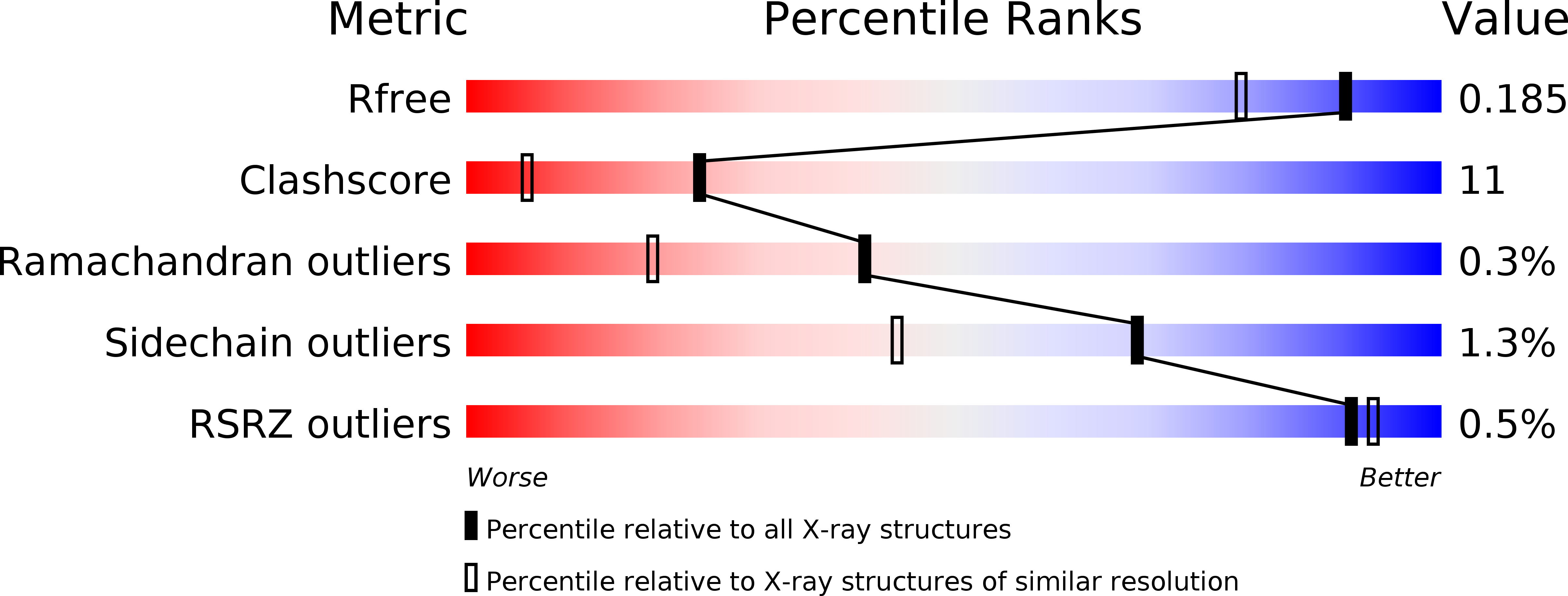
Deposition Date
2002-03-13
Release Date
2002-06-06
Last Version Date
2024-05-08
Entry Detail
PDB ID:
1GW9
Keywords:
Title:
Tri-iodide derivative of Xylose Isomerase from Streptomyces Rubiginosus
Biological Source:
Source Organism:
STREPTOMYCES RUBIGINOSUS (Taxon ID: 1929)
Method Details:
Experimental Method:
Resolution:
1.55 Å
R-Value Free:
0.18
R-Value Work:
0.16
R-Value Observed:
0.16
Space Group:
I 2 2 2


